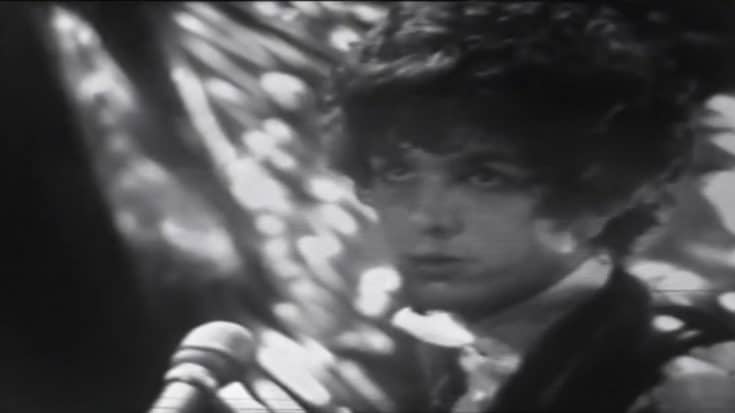Watch Pink Floyd’s ‘See Emily Play’ Performance At Top Of The Pops

via Nelson Parra Bastías / Youtube
It was 1967, 55 years ago. English rock band Pink Floyd conquered the music scene once again with their second single, “See Emily Play.” Then comes the classic British TV show Top of the Pops, letting the iconic rock outfit debut their latest single—which was dubbed as the epitome of “psychedelic pop”—for the first time on the show.
It was performed again on the same show not only once, but twice… which was back in the day, considered normal for the promising young bands to do while gaining traction on the charts for their newly-released tracks. However, what’s alluring with the whole “See Emily Play” story was what happened to the three performance tapes that were believed to be lost for many years.
To start off, “See Emily Play” was a song about Emily Young, a sculptress and a frequent of the 1960’s nightclub UFO Club, who Pink Floyd frontman Syd Barrett found sleeping in the woods after taking psychedelic drugs. Barett was not at all on board with the track’s final studio version, but ironically, it went up to #6 in the UK Singles chart—significantly doing much more work than their debut single, “Arnold Layne,” which stayed on the #20 spot.
Fast forward to the Top of the Pops situation, the lead vocalist was clearly not in the mood to perform on the show come their third performance. He was complaining about how “John Lennon doesn’t have to do Top of the Pops,” but still geared up to play anyway. However, the audiences could definitely notice his lack of energy as he put on a show.
Then pops out the question: “What happened to the performance footage?” Well, it was believed that all three performances of “See Emily Play” were lost and irretrievable due to BBC’s cost-cutting effort of deleting videotapes of past performances. But fret not—because the British Film Institute got their hands on a recording of the first and third recording of the classic number.
The found recording wasn’t as much of a better quality than most; but, it still serves its purpose as an artifact to relive the glorious days of the vivid music scene in the 60s—and how Pink Floyd became the icon they still are today.



















